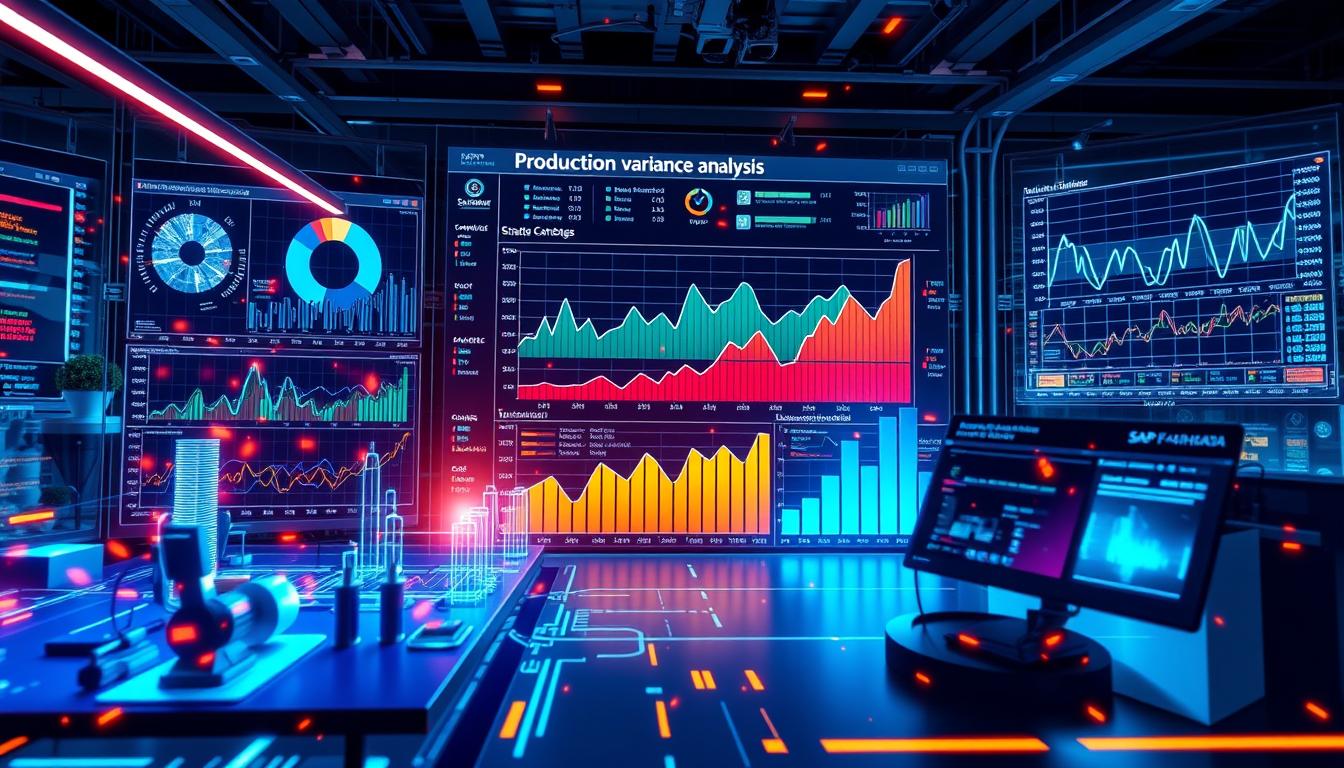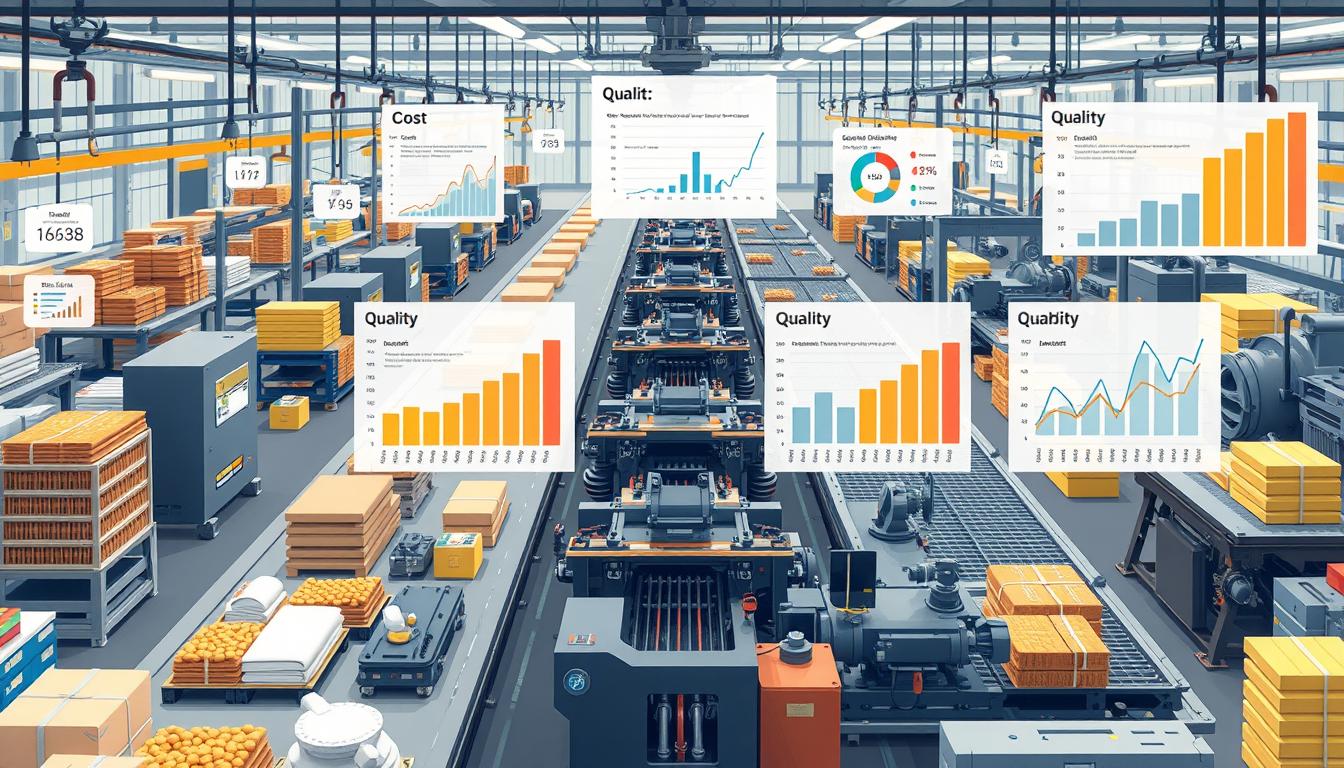To succeed in the cryptocurrency space, you need to grasp the basics, like differentiating between coins and tokens. Coins run on their own blockchains, while tokens operate on existing ones. Consider your investment approach; direct purchases, staking, and liquidity pools each have unique benefits and risks. Be aware of utility and security tokens, as they impact your compliance and investment strategies. Stablecoins can help manage volatility. Finally, staying updated on regulations and market trends is crucial. By doing so, you'll position yourself for success and growth in this dynamic landscape. There's plenty more valuable insight to uncover, so stay tuned!
Key Takeaways
- Understand the difference between coins and tokens to make informed investment decisions and diversify offerings effectively.
- Leverage stablecoins for price stability and lower transaction costs, enhancing liquidity and financial planning.
- Stay updated on local and international regulations to ensure compliance and build trust with customers.
- Engage with your community through social media to foster loyalty and adapt to market trends.
Understanding Cryptocurrency Basics

To truly grasp cryptocurrency basics, you need to understand the key distinctions between coins and tokens, as they form the foundation of this digital landscape.
Coins operate on their own blockchains, like Bitcoin and Ethereum, and primarily serve as a means of exchange within their networks. They maintain decentralized transaction records, ensuring security and transparency.
On the other hand, tokens are often created on existing blockchains, such as Ethereum, and don't have their own blockchain. They can represent various assets or utilities, enabling access to services or products.
Understanding these differences is essential for traversing the cryptocurrency market and making informed investment decisions that align with your financial goals and interests.
Differentiating Coins and Tokens

Understanding the differences between coins and tokens helps you navigate the cryptocurrency landscape more effectively.
Coins, like Bitcoin and Ethereum, operate on their own blockchains and serve primarily as a means of exchange within their networks. They're decentralized and maintain a digital ledger for transactions.
On the other hand, tokens don't have their own blockchain; they typically exist on another blockchain, such as Ethereum. Tokens can represent various things, from utility for accessing services to security for ownership in real-world assets.
Recognizing these distinctions is essential for your investment strategy, as it impacts regulatory considerations and the potential value of your holdings. This knowledge empowers you to make informed decisions in the dynamic crypto market.
Investment Mechanisms in Crypto

Investment mechanisms in cryptocurrency can vary considerably, impacting how you approach buying and selling different assets. Understanding these mechanisms is essential for your investment strategy.
Here are three key investment mechanisms to take into account:
- Direct Purchase: You can buy cryptocurrencies directly on exchanges using fiat or other cryptocurrencies, allowing for immediate ownership and trading.
- Staking: Some cryptocurrencies enable you to earn rewards by locking up your coins in a wallet, supporting network operations while generating passive income.
- Liquidity Pools: Participating in liquidity pools lets you provide funds to decentralized exchanges, earning fees in return, though it involves risks like impermanent loss.
These mechanisms offer unique opportunities and risks, so choose wisely based on your investment goals and risk tolerance.
Utility Vs Security Tokens

Utility tokens grant access to specific services or products within a blockchain ecosystem, while security tokens represent ownership in real-world assets and are subject to regulatory scrutiny.
If you're an entrepreneur, understanding these distinctions is crucial. Utility tokens allow users to interact with decentralized applications, often linked to smart contracts, and can be traded freely without needing accredited investor status.
On the other hand, security tokens require compliance with securities regulations, making them more complex to manage. They often undergo the Howey Test to determine their classification.
As you navigate the crypto landscape, knowing whether your tokens serve as utilities or securities will guide your investment strategies and compliance efforts, ensuring you meet all legal obligations while maximizing your business potential.
The Role of Stablecoins

Stablecoins play an essential role in providing stability and liquidity in the often volatile cryptocurrency market. As an entrepreneur, you can leverage stablecoins to mitigate risks while engaging in crypto transactions.
Here are three key benefits of using stablecoins:
- Price Stability: They're pegged to traditional assets, like the US dollar, minimizing value fluctuations and allowing you to plan your finances more effectively.
- Liquidity: Stablecoins facilitate quick transfers and conversions, enabling you to respond swiftly to market changes or investment opportunities.
- Lower Transaction Costs: Using stablecoins can reduce fees compared to traditional banking systems, enhancing your profit margins during transactions.
Navigating Regulatory Challenges

How can entrepreneurs effectively navigate the complex regulatory landscape surrounding cryptocurrencies?
First, stay informed about local and international regulations, as they can vary greatly. Engage with legal experts who specialize in cryptocurrency to guarantee compliance with laws like the SEC's guidelines.
Regularly review your business practices and adapt to any regulatory changes that arise. It's also smart to participate in industry associations that advocate for fair regulations; this can provide valuable insights and networking opportunities.
Additionally, consider implementing robust compliance programs that monitor transactions and report suspicious activities.
Finally, transparency with your customers builds trust and helps mitigate potential regulatory scrutiny.
Strategic Insights for Entrepreneurs

In traversing the dynamic world of cryptocurrencies, entrepreneurs must adopt strategic insights that align with market trends and regulatory developments. To succeed, focus on these key strategies:
- Stay Informed: Regularly read industry news and follow regulatory updates to anticipate changes that could impact your business.
- Diversify Offerings: Explore both coins and tokens to cater to various market demands, enhancing your opportunity for growth.
- Build Community: Engage with your audience through social media and forums, fostering trust and loyalty, which are fundamental for long-term success.
Future Trends in Cryptocurrency

Emerging trends in cryptocurrency signal a transformative shift in how businesses engage with digital assets and their underlying technologies.
You're likely to see increased adoption of decentralized finance (DeFi), enabling peer-to-peer transactions without traditional intermediaries.
Non-fungible tokens (NFTs) will expand beyond art, creating unique market opportunities in sectors like real estate and gaming.
In addition, regulatory frameworks are evolving, offering clearer guidelines and increasing investor confidence.
You'll also notice a rise in stablecoins, providing stability in volatile markets, and enhancing transactional efficiency.
As blockchain technology matures, interoperability between different cryptocurrencies is essential for seamless integration.
Staying ahead of these trends can position your business strategically in the ever-evolving cryptocurrency landscape.
Is Investing in Gold IRA a Good Option for Entrepreneurs in the Cryptocurrency Market?
Many entrepreneurs in the cryptocurrency market are considering converting 401k to gold IRA as a way to diversify their investments. With the volatility of the cryptocurrency market, investing in gold IRA can provide a more stable option for long-term growth. It’s definitely worth exploring for those looking to secure their financial future.
Conclusion
As you explore the world of cryptocurrency, you'll likely find that understanding the nuances between coins and tokens coincides with your ability to make savvy investment choices.
Just as the market evolves, so too should your strategies. Staying informed about regulatory changes and emerging trends can coincide with your growth trajectory, revealing new opportunities for your business.
Embrace this digital revolution, and you'll not only navigate challenges but also position yourself for lasting success in an ever-changing landscape.









